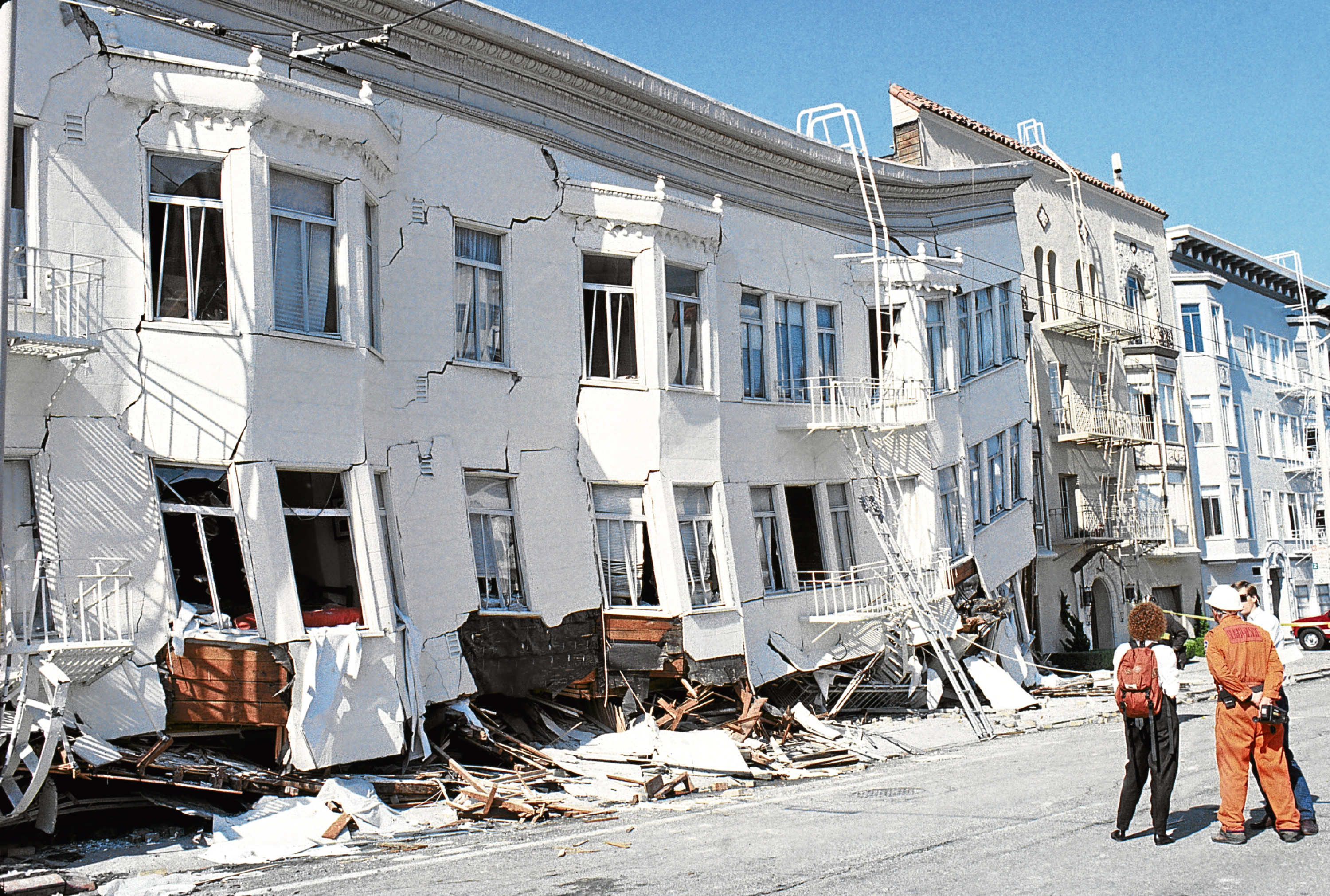
SCARBOROUGH got off to a shaky start this year when a 3.8 magnitude earthquake struck. Dave Galloway of the British Geological Survey in Edinburgh told Bill Gibb the Honest Truth about this most powerful of earthly phenomena.
What causes earthquakes?
The earth has a thin outer skin called the crust. But this crust is not all in one piece – it is made up of many pieces like a jigsaw puzzle covering the surface of the earth.
Not only that, but these pieces (tectonic plates) keep slowly moving around, sliding past one another and bumping into each other, at about the same rate your fingernails grow.
It’s the movement of these plates that causes stress to build up and when this stress exceeds the strength of the rock, it breaks along lines of weakness (faults) resulting in an earthquake.
How big was the one off Scarborough?
The recent Southern North Sea event occurred on January 3 and had a magnitude of 3.8. That’s around 200 times smaller than the largest UK event, a magnitude 6.1 earthquake which occurred in the North Sea on June 7, 1931. On average, we detect around 200 earthquakes in the UK every year.
Are some places in the UK at bigger risk than elsewhere?
Yes. A map of earthquake activity in the UK shows a number of regional variations. Most earthquakes occur on the western side of the British mainland. Earthquakes are much less frequent in eastern Scotland and north-east England. Similarly, Ireland is almost completely free of earthquakes.
How severe can they be?
Very. After a major earthquake we have to consider the short-term impact (people killed, homes destroyed, transport and communication links disrupted, water supplies contaminated) but also the long-term impact (diseases spread, people to be re-housed).
The most damaging UK earthquake happened in Colchester in 1884, where there was considerable destruction to properties and two people were reported to have been killed, one from shock and another who committed suicide.
What was the most devastating quake globally?
One of the largest earthquakes ever recorded was the magnitude 9.5 Chile event of May 22, 1960.
However, the most devastating earthquake occurred in Shaanxi province, China on January 23, 1556. The magnitude of this earthquake was estimated at around 8.3 and it killed more than 830,000 people.
What do you do at the BGS?
Update and maintain the UK earthquake database by determining earthquake locations through analysis of earthquake data that arrives here in Edinburgh, from one of our many seismometers (over 100) located around the UK. I also need to react on the occurrence of significant UK or world earthquakes and relay this information to all interested parties, including rescue agencies.
Can we predict earthquakes?
No, and it is unlikely we will ever be able to predict them. Scientists have tried many different ways but none has been successful.
What are some of the most common earthquake myths?
One of the most frequent questions is: “Are earthquakes on the increase?” There is no evidence earthquakes are becoming more frequent, we are simply recording larger numbers.
Another popular myth is that the ground opens up during an earthquake. Faults do not open up during an earthquake. Movement occurs along the fault, not perpendicular to it, so if faults opened up, no earthquake would occur because there would be no friction to lock them together.
Can people or animals sense an earthquake?
If some animals or people can tell when an earthquake is coming, we do not yet understand how it works. One theory is animals feel the earth vibrate before humans.

Enjoy the convenience of having The Sunday Post delivered as a digital ePaper straight to your smartphone, tablet or computer.
Subscribe for only £5.49 a month and enjoy all the benefits of the printed paper as a digital replica.
Subscribe